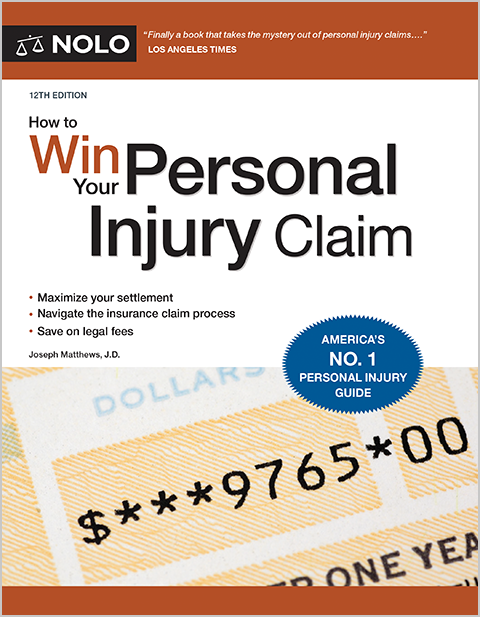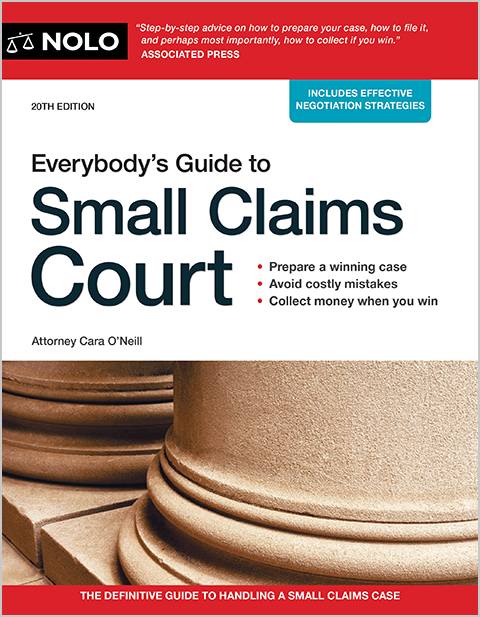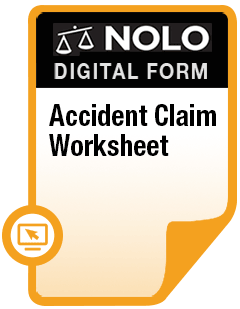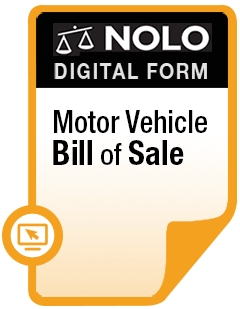A breakdown of the no-fault car insurance rules in Kansas, and the state-mandated minimum car insurance coverage requirements for vehicles registered in the state.
Understanding the Kansas car insurance coverage rules is important for anyone who lives and drives in the state, and that's especially true if you're involved in a car accident:
- In Kansas, you're required to have certain minimum levels of insurance coverage on any vehicle you want to register and drive in the state.
- Kansas is a "no-fault" car insurance state, which means your own insurance policy will pay your medical bills and certain other losses if you're injured in a car accident, regardless of who caused the crash.
- You can only file a car accident lawsuit against someone else in Kansas if your injuries meet the state's threshold for doing so.
- Kansas Is a No-Fault Car Insurance State
- What's Covered Under Kansas No-Fault Car Insurance?
- Who Is Covered Under Kansas No-Fault Car Insurance?
- Stepping Outside the No-Fault System in Kansas
- Minimum Car Insurance Coverage Requirements in Kansas
- What Are the Penalties for Driving Without Insurance in Kansas?
- Getting Help After a Kansas Car Accident
Kansas Is a No-Fault Car Insurance State
Kansas is one of a dozen or so states that have legislated some form of a "no-fault" car insurance system. That means, after a car accident, your own basic no-fault ("personal injury protection" or "PIP") coverage pays for your medical bills and certain other out-of-pocket losses regardless of who caused the accident.
What's Covered Under Kansas No-Fault Car Insurance?
The minimum benefits available to someone making a no-fault/PIP claim in Kansas are:
- $4,500 per person for medical expenses made necessary by the accident
- $900/month (for up to one year) for disability/loss of income resulting from the accident
- $25/day for in-home services (housecleaning, other chores) you can't perform because of your injuries
- $2,000 for funeral, burial or cremation expenses (if the injured person passes away), and
- $4,500 for rehabilitation expenses.
Kansas PIP coverage also includes "Survivor Benefits" for family members whose loved one has passed away as a result of the accident. These include:
- disability/loss of income up to $900/month (for up to one year), and
- in-home services up to $25/day for up to one year.
Who Is Covered Under Kansas No-Fault Car Insurance?
In Kansas, PIP benefits are available to anyone covered under the policy (directly or indirectly), including:
- the policyholder
- the policyholder's family (in-household) members who are injured while driving the covered vehicle (or while riding as a passenger), and
- any non-family/non-household passengers injured while riding in the vehicle (unless those passengers have their own car insurance policy, in which case the passenger will make a claim under their own PIP coverage).
A key thing to understand about a no-fault/PIP claim is that you can't get compensation for your "pain and suffering" and other non-monetary damages stemming from the accident. You're limited to compensation for your medical bills and other economic losses, unless your injuries meet certain thresholds set by state law (we'll explain these in the next section).
Finally, while Kansas's no-fault car insurance system applies to injuries caused by car accidents, it has no bearing on vehicle damage claims. You can hold the at-fault driver liable for damage to (or total loss of) a vehicle after a car accident in Kansas, with no limitations.
Stepping Outside the No-Fault System in Kansas
As touched on above, in order to step outside of the no-fault car insurance system and pursue a case directly against the person who caused your accident, your claim must meet one of the two thresholds set by Kansas law. According to the Kansas Department of Insurance, that means:
- the total of your car accident-related medical bills must add up to $2,000 or more, or
- your injuries must qualify as "serious" under the state's no-fault rules.
Those rules define "serious" injuries in this context as any of the following:
- permanent disfigurement
- fracture of weight-bearing bone
- compound, compressed, or displaced fracture of any bone
- permanent injury, or
- permanent loss of a body function.
If you meet either of these thresholds, you have the right to hold the at-fault driver responsible for the accident by filing a third-party car insurance claim or personal injury lawsuit, and that means you can pursue compensation for all categories of losses, including pain and suffering and all other available non-economic damages (which, again, aren't available in a no-fault/PIP claim).
Now that you understand how no-fault car insurance works in Kansas, let's look at the state's requirements for different kinds of car insurance coverage.
Minimum Car Insurance Coverage Requirements in Kansas
In order to register and drive a motor vehicle in Kansas, you must carry certain minimum amounts of insurance on it. According to the Kansas Insurance Department, those minimums are as follows.
Liability coverage
- $25,000 per person for bodily injury (the maximum amount payable to one person for injuries resulting from an accident caused by the policyholder)
- $50,000 per accident for bodily injury (the maximum amount payable to all people injured in an accident caused by the policyholder).
- $25,000 per accident for other parties' vehicle damage and other property loss in an accident caused by the policyholder (does not cover damage to the policyholder's own vehicle).
No/Fault Personal injury Protection
- Coverage must meet the "minimum benefits" described in the "What's Covered Under Kansas No-Fault Car Insurance?" section above.
Uninsured/Underinsured Motorist Coverage
- $25,000 per person
- $50,000 per accident (Learn more about uninsured and underinsured motorist coverage.)
Keep in mind that, if you are found responsible for causing a car accident, and the injured drivers' and/or passengers' losses exceed the limits of your car insurance policy, you may find yourself personally responsible for making up the difference out of your own assets.
What Are the Penalties for Driving Without Insurance in Kansas?
If you drive without car insurance in Kansas, you could face fines, jail time, and suspension or revocation of your driver's license and vehicle registration. Fines can be anywhere from $300 to $1,000 (for a first offense), and $800 to $2,500 for a subsequent conviction within three years. A jail sentence can be up to six months.
What Is the Kansas "No Pay, No Play" Law?
In Kansas, you also face a penalty for driving without insurance when it comes to the legal remedies available to you if you're injured in a car accident.
The Kansas "no pay, no play" law says that if you're injured in an accident while you're driving without required insurance, you're barred from recovering "non-economic" damages from the at-fault driver. Since non-economic damages include your physical and mental "pain and suffering," it's a big deal to have this kind of compensation taken off the table.
There are a few notable exceptions to this rule. You can still recover non-economic damages from the at-fault driver even if you were uninsured at the time of the accident, if:
- the court finds that you weren't "knowingly" driving an uninsured vehicle at the time of the crash, or
- you were only uninsured for a period of 45 days or less before the accident, and before that you had maintained continuous car insurance coverage for at least one year.
(Kansas Statutes section 40-3130.)
Getting Help After a Kansas Car Accident
Sometimes it makes sense to handle a car accident claim yourself, especially if you're comfortable with the process and you'll be dealing with your own insurance company through no-fault/PIP claim.
But if your injuries are serious and you think your claim might be one that's not limited to no-fault, you might want to discuss your situation with an experienced legal professional. Learn more about how an attorney can help with your car accident case and get tips on finding the right injury lawyer for you and your case.
- Kansas Is a No-Fault Car Insurance State
- What's Covered Under Kansas No-Fault Car Insurance?
- Who Is Covered Under Kansas No-Fault Car Insurance?
- Stepping Outside the No-Fault System in Kansas
- Minimum Car Insurance Coverage Requirements in Kansas
- What Are the Penalties for Driving Without Insurance in Kansas?
- Getting Help After a Kansas Car Accident



